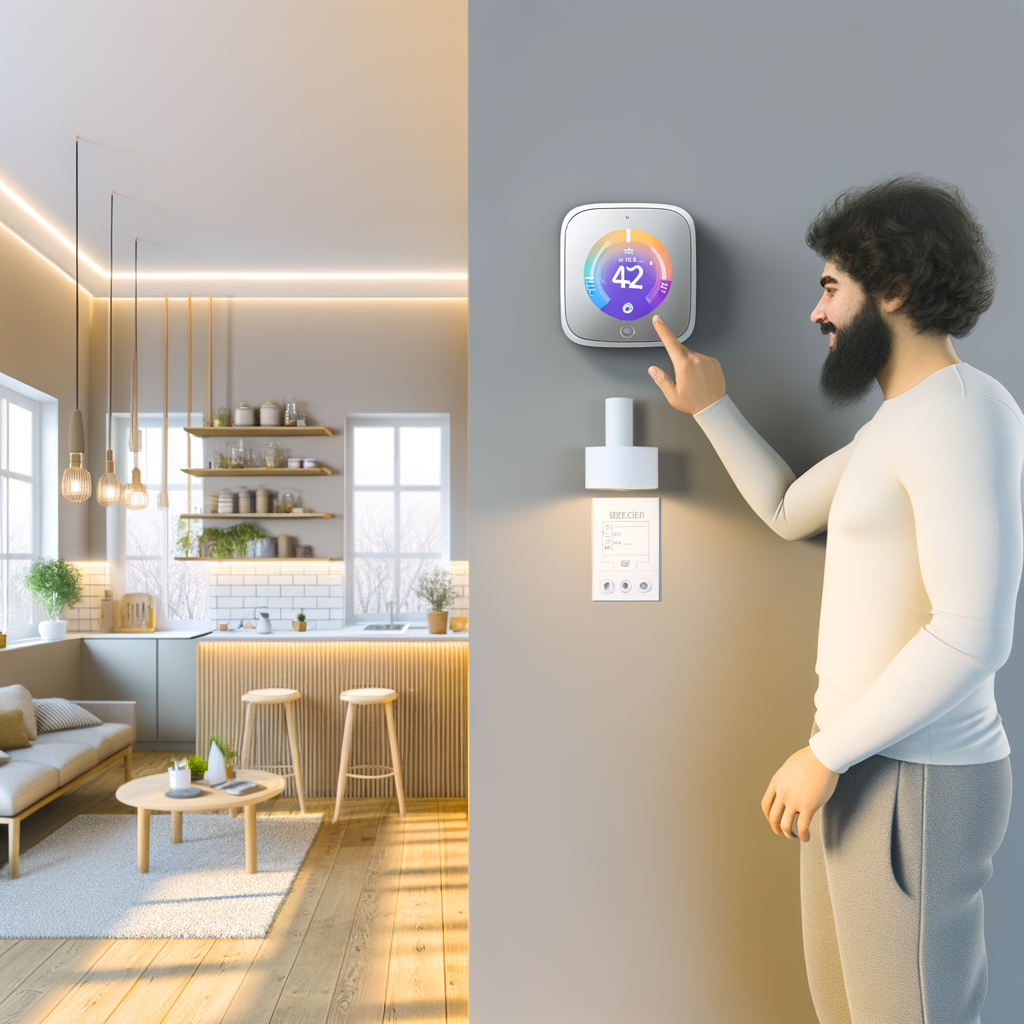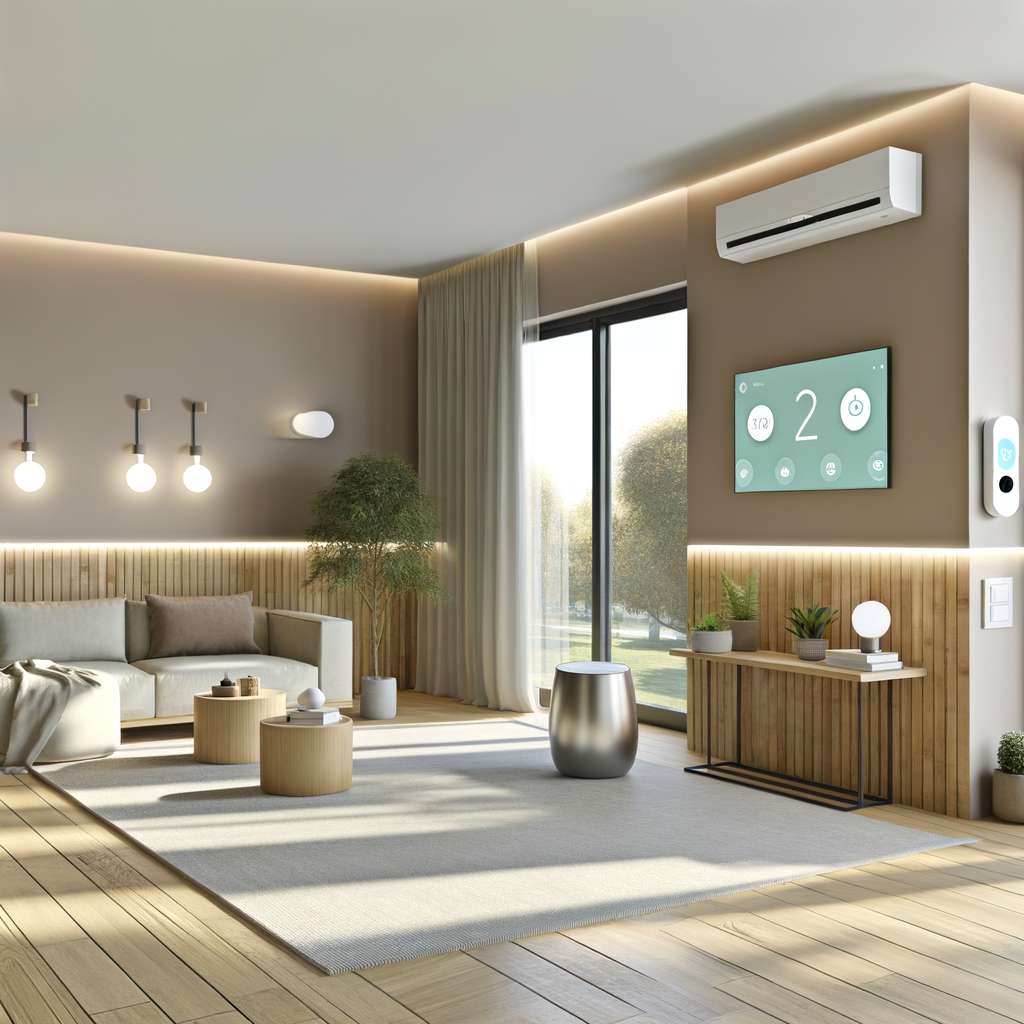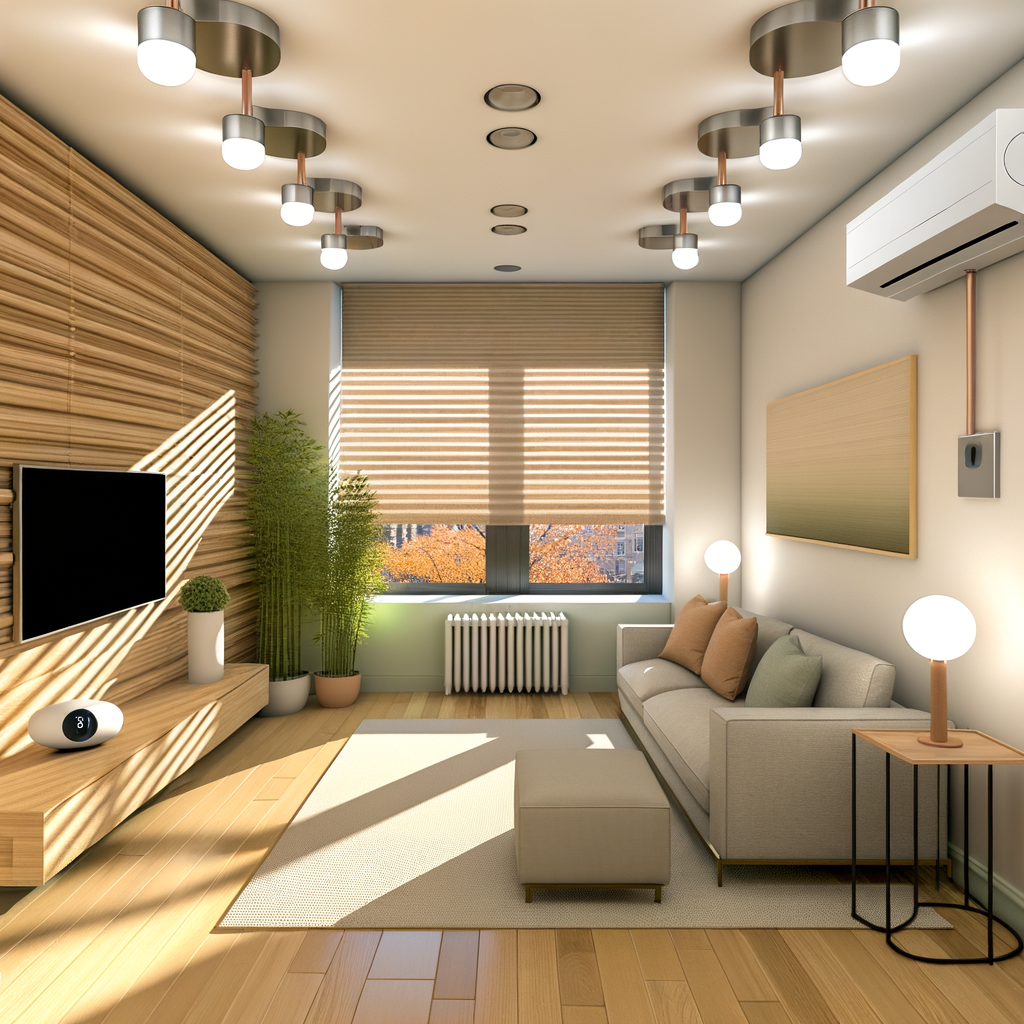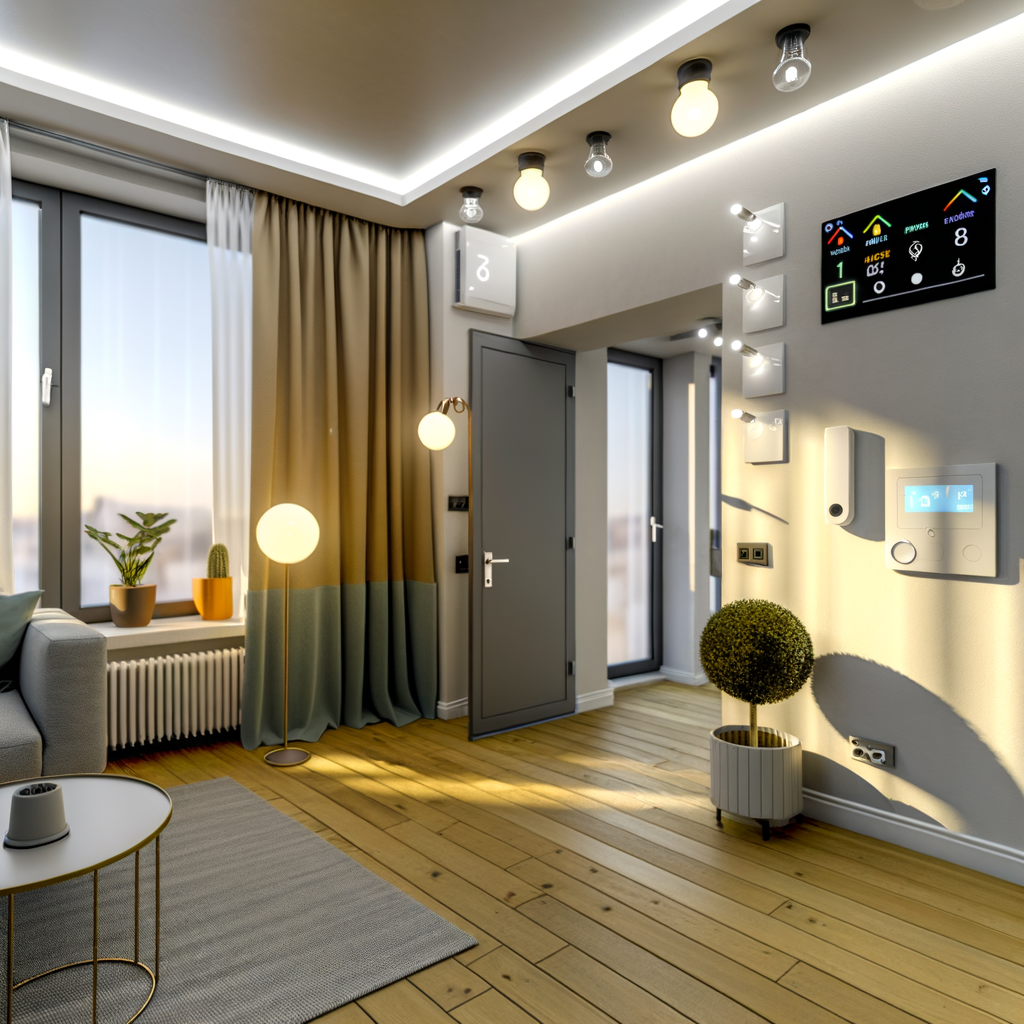How to Maximize Energy Efficiency in Your Rental with Smart Thermostats: A Renter-Friendly Guide
Looking to cut your energy bills, boost comfort, and take a step towards sustainability—all without ripping up your landlord’s walls or breaking the terms of your lease? Enter the smart thermostat, a renter’s secret weapon for creating an energy-efficient home. This comprehensive guide will show you how to choose, install, and get the most out of a smart thermostat in your rental. Ready to save money and the planet? Let’s dive in!
Why Energy Efficiency Matters for Renters
Many renters think there’s little they can do to influence their apartment’s energy consumption, but that’s far from the truth. Energy-efficient living means:
- Lower utility bills
- Reduced carbon footprint
- Improved indoor comfort
- Long-term savings—good for your budget and the planet
Smart thermostats are affordable, easy to install, and—best of all—often don’t require permanent modifications to your rental.
What is a Smart Thermostat?
A smart thermostat is an internet-connected device that lets you control your home’s heating and cooling systems from your phone, tablet, or voice assistant. These devices “learn” your preferences and can adjust settings automatically to save energy while keeping you comfortable.
Key Features of Smart Thermostats
- Remote control via smartphone app
- Learning capabilities—adapts to your schedule
- Energy reports and usage tracking
- Integration with voice assistants (Alexa, Google Assistant, Siri)
- Geofencing (adjust settings based on your location)
- Easy scheduling for optimal heating and cooling
Can Renters Install Smart Thermostats?
In many cases, yes! Most smart thermostats are designed for simple, non-invasive installation. Here’s what you should consider:
- Check your lease: Some agreements prohibit modifying thermostats or electrical systems. If in doubt, ask your landlord and get permission in writing.
- Reversible installation: Choose a model that’s easy to remove before you move out, returning the original hardware if necessary.
- Landlord buy-in: Smart thermostats can actually add value to the property. Many landlords will welcome the upgrade if it lowers energy costs.
Assessing Compatibility
Not all HVAC systems are compatible with all smart thermostats. Before you buy, check:
- Type of system: Is it central AC, forced air, heat pump, baseboard heating?
- Wiring: Do you have a “C-wire”? If not, look for models that don’t require one or include a power adapter.
- Voltage: Smart thermostats for low-voltage systems (24V) are most common. High-voltage (line voltage) systems need special thermostats.
How to Check Your Thermostat Wiring
- Turn off power to your HVAC system.
- Remove your thermostat cover.
- Look for labeled wires (R, W, Y, G, C, etc.). Take a photo for reference.
- If unsure, consult your landlord, building maintenance, or a professional.
Choosing a Renter-Friendly Smart Thermostat
Not all smart thermostats are equally suited to rentals. Here are the features to prioritize:
- No C-wire required: Make sure it’s compatible with your apartment wiring.
- Simple installation and removal: Avoid options that require drilling holes or rewiring.
- Mobile app controls for flexibility and ease-of-use.
- Data privacy: Pick brands with a strong privacy policy if this matters to you.
Top-Rated Smart Thermostats for Renters
- Google Nest Thermostat (budget-friendly, easy setup)
- ecobee Smart Thermostat (excellent features, remote sensors)
- Emerson Sensi (affordable, no C-wire required)
- Wyze Thermostat (low cost, great app)
How to Get Landlord Approval
Most landlords appreciate improvements that boost energy efficiency. Follow these tips to increase your chances:
- Explain the benefits: Lower energy bills, potential increased home value, and energy reporting features.
- Assure reversibility: Promise to reinstall the original thermostat before moving out.
- Provide product info: Supply brochures or links to reputable products.
- Offer to share energy reports: Some landlords love tracking cost savings!
Simple Installation Steps
Installing a smart thermostat is usually straightforward, but always confirm with your landlord and turn off power before starting. Here’s a general approach:
- Turn off power to your current thermostat at the circuit breaker.
- Remove your old thermostat’s faceplate.
- Take a clear photo of the wiring before disconnecting anything.
- Label the wires as you disconnect them.
- Install the new smart thermostat base plate, connecting the wires as per the manual.
- Attach the faceplate and restore power.
- Connect the thermostat to your Wi-Fi and follow on-screen setup instructions.
Tip: Store your old thermostat and screws in a safe place for when you move out!
Maximizing Energy Efficiency with Your Smart Thermostat
Here’s how to use your new device to its full eco-friendly potential:
1. Set Thoughtful Schedules
- Program higher temps in summer and lower in winter when you’re away.
- Allow auto-adjusting for sleep, work, and weekends.
2. Enable Geofencing
- Let your thermostat detect when you’ve left the house and adjust settings automatically.
3. Use Energy Reports
- Monitor daily, weekly, or monthly reports to track usage and spot savings opportunities.
- Adjust your routines based on the data.
4. Integrate with Smart Home Systems
- Set up routines with Alexa, Google Assistant, or Apple HomeKit for effortless control.
- Add sensors to optimize the temperature in the rooms you use most.
5. Employ Eco or Away Modes
- Many thermostats offer “eco” or “away” modes for maximum savings when you’re not home.
6. Regularly Update Settings
- Review your schedules when the seasons change or your daily routine shifts.
Renter-Specific Smart Thermostat Tips
- Avoid permanent modifications. Use adhesive or existing screw holes rather than drilling new ones.
- If your old thermostat is communal (in a hallway/shared space), discuss smart upgrades with your neighbors and landlord.
- Invest in insurance: Some renter insurance policies cover your smart devices—double-check yours!
- Plan for move-out: Before moving, return everything to its original state to ensure you get your deposit back.
Alternative Energy-Saving Solutions for Renters
Smart thermostats are just one part of the puzzle. Combine them with these tips for maximum efficiency:
- Use thermal curtains to reduce heat loss/gain
- Seal drafty windows and doors with weatherstripping
- Switch to LED bulbs in lamps and fixtures
- Add energy-saving power strips
- Ask your landlord to install low-flow showerheads and faucet aerators
- Run appliances (like dishwashers or laundry) during off-peak hours




